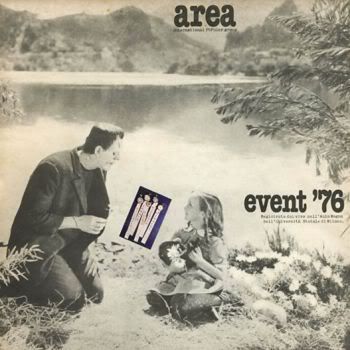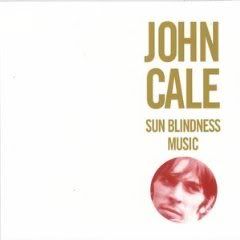
Cramps, 1979; reissued a few times on CD; availability uncertain
3 tracks, 39:39
Area was mostly known for creative prog rock. This release is certainly creative, but it sure isn't rock of any sort! Reduced to the impressive trio of Demetrio Stratos (vocals, though they're really used as an instrument here), Patrizio Fariselli (piano), and Paolo Tofani (guitar and synth), Area is joined by guests Steve Lacy (sax) and Paul Lytton (percussion)*. This is basically live versions of two pieces from the MALEDETTI album, "Caos Parte Seconda" and "SCUM" (here retitled "Event '76"). For "Caos", the band had pieces of paper with different "moods" to play in: silence, sex, irony, violence, and hypnosis. It's pure improvisation, with everything from crazy instrumental bursts to long stretches of restraint. Every player is in top form; extra consideration should be given to Stratos, who (as always) summons forth an incredible array of vocal effects and textures, not the least of which is some quacking early on. "Event '76" is no less free, but after the side-and-a-half of "Caos" it does drag somewhat. In all honesty this would be a bad introduction to Area's catalog for most since it's not representative of their work, but fans of free improv and the like can dive right in with no worries. For more traditional (but not less inspired!) prog, I'd start with CAUTION RADIATION AREA or MALEDETTI.
*Both Lacy and Lytton have several solo and group works worth investigating; actually, so do all three Area members present here!

